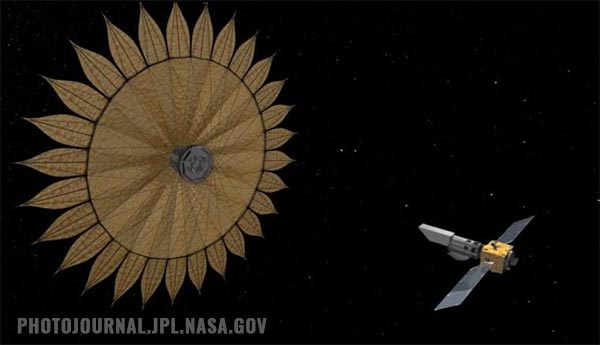The “perfect age” for life: Saturn’s moon Enceladus hides an ocean ripe enough to sustain life
02/24/2020 / By Arsenio Toledo

Researchers from the University of Maryland and the Southwest Research Institute believe that Enceladus, an icy moon orbiting Saturn and is known for hiding a vast subterranean ocean, is “old enough” to support life.
“This sprawling ocean is likely one billion years old,” said co-author of the study Marc Neveu during a talk at the 2019 Astrobiology Science Conference, “which means it’s the perfect age to harbor life.” Neveu is also a research assistant at NASA’s Goddard Space Flight Center.
Neveu and his colleague, Alyssa Rhoden of the Southwest Research Institute, calculated Enceladus’ age using simulations and data gathered by the Cassini-Huygens research mission, which sent a vessel to orbit and probe Saturn and its many moons for over 13 years. Their research involved not just Enceladus but also four other moons of Saturn: Tethys, Rhea, Mimas and Dione.
Cassini’s orbit around Enceladus gave scientists a ton of information
One great discovery of the Cassini spacecraft was that Enceladus had an ocean, and that it was filled with hydrothermal vents that may be similar to those found in Earth’s oceans. Neveu stated that many scientists didn’t expect much of Enceladus, given that it’s a very tiny moon and researchers generally “expect tiny things to not be very active but rather like a dead block of rock and ice.”
But Cassini found that Enceladus didn’t just have an active ocean, but that it has the habitat needed to create life. The icy moon contains sources of chemical energy and essential elements for the creation of life, such as nitrogen, oxygen, hydrogen and carbon.
Their research, which was published in the journal Nature Astronomy, found that Mimas, one of the moons they studied, was relatively young compared to the other mid-sized moons of Saturn. They believe that Mimas only formed anytime between a billion years ago to 100 million years ago, given its close proximity to Saturn’s rings. On the other hand, they believe that Enceladus is, at its oldest, around 4.5 billion years old.
Age of the ocean is key
The age of Enceladus and its oceans are important to the study — Neveu believes that one dimension to consider when figuring out whether or not Enceladus’ oceans are habitable is time. If the oceans are only around several million years old, for example, there may not be enough time for essential elements to mix together to sustain life. Furthermore, there won’t be enough time for that life to spread far enough for satellites to detect them.
If, on the other hand, Enceladus’ oceans are too old, then life may have formed but subsequently died out because the chemical reactions that fuel the creation of life “ran out of fuel,” in a sense. (Related: Life on the ice: Extraterrestrial life on ice worlds could look like Hawaiian underwater creatures.)
Neveu and Rhoden ran around 50 simulations, plugging in different parameters in each one based on the data they gathered from Cassini. This data includes details of the orbits of not just Enceladus but of the other moons included in their study, the possible radioactivity of the rocks on Enceladus and some informed guesswork as to the icy moon’s age and how it formed.
The simulation that Neveu and Rhoden believe best mirrored Enceladus’ current conditions gave the oceans an estimated age of around one billion years old, which they believe would be the “perfect age” for the icy moon to harbor life.
In the future, Neveu and Rhoden will work to make their simulations run quicker so that they can produce more data and improved models that can give a more accurate age for Enceladus’ oceans. “We want to know this before we go back to search for life,” said Neveu.
Sources include:
Tagged Under: alien life, astronomy, breakthrough, cosmic, discoveries, enceladus, extraterrestrial life, icy moons, moons, outer space, planets, research, saturn, Space
RECENT NEWS & ARTICLES
COPYRIGHT © 2017 RESEARCH NEWS



















